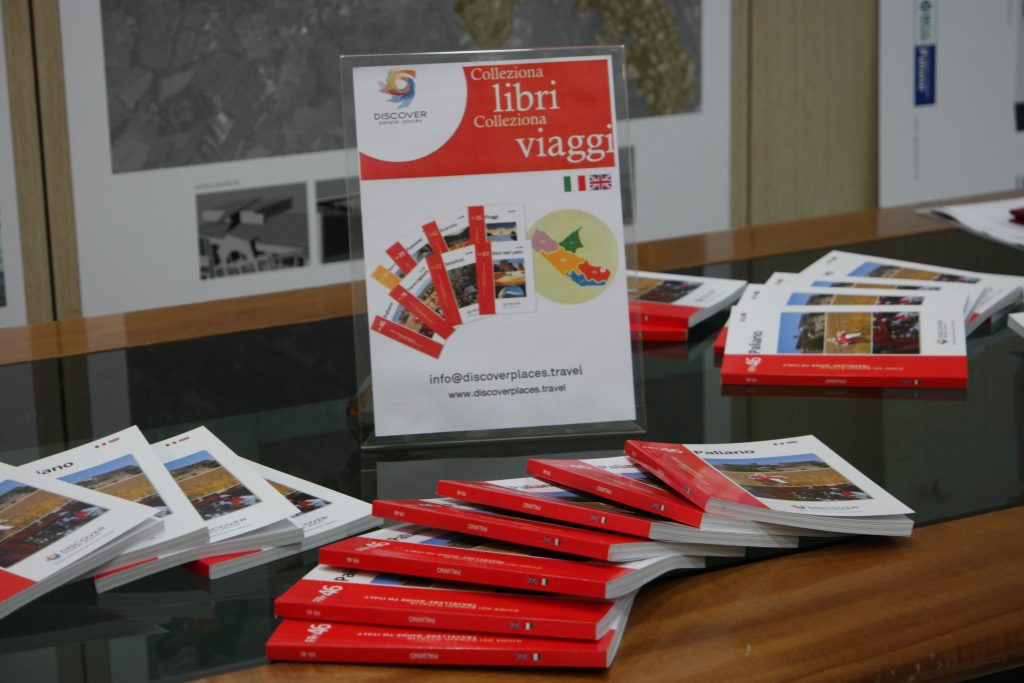Have you noticed how the advertising spot have evolved? From shorts and a few seconds to long with the history of the brand. Basically we returned to the Carosello when I was a child where the brands were told with stories that involved great actors.
Their impact on the audience was formidable, people were captured by stories that continued in subsequent claims. Their jingles are still known and are still mentioned.
But is it possible that we did not evolve? What has changed from the 70s to today to return to re-propose a model that seemed to have passed?
It can be said that in the ongoing battle between analog and digital, today the two systems have carved out their own dimension that makes them strategic no longer as a function of the target but as a function of the credibility of the brand itself.
Everything is born again from this segmentation of society between extremely rich people and people pushed towards the poverty line. The lack of an intermediate class has necessarily led to a repositioning of the brands that had to choose whether to compete on price or value.
For brands produced in countries with high labor costs, with difficulties in accessing credit and with great bureaucracy, the choice was inevitable: to compete on value.
But how is the value of a product transmitted?
Digital or analog communication? Where in fact with these words we intend to refer more to the speed of use of the promotional message even before entering the contents. A digital communication then becomes fast, snappy and segmented. An analogical communication is instead slow, continuous and narrating.
We all know about the digital attention of a few seconds: the guys look at Instagram at the speed of light and the photographers have to work for increasingly attractive photographs that can penetrate the reader's imagination.
In contrast, other channels of communication such as television return to promote a product using a slow-moving narrative. A story that can excite: that the history of the inventor, the entrepreneur or a user does not matter. The watchword is to narrate something that penetrates the armor of indifference and can remain impressed in the mind and especially in the hearts of people.
But the most surprising thing is the return to publication of books by companies.
I want to mention the famous phrase of Karl Marx but we are not in this case: "the story is always repeated twice: the first time as a tragedy, the second as farce".
The case of printed paper
In this re-presentation of a slow communication, the most emblematic case is that of printed paper and volumes of information and entertainment. A sort of re-proposal of the magazines according to a new format which, however, has a specific purpose: to give value to a certain brand.
Giampaolo Colletti defines it in this link as 'Revenge of the printed paper' and in fact this definition perfectly illustrates the trend of large companies that, to increase their perception of their value, have started to print books that not only treat the single product but damage useful information to the customer.
So to talk about a kitchen tool you can get to publish a book of recipes in which they are highlighted, however, other aspects such as genuineness, tradition or innovation, proper nutrition.
In the same way, to promote a receptive structure, a book on the beauties of the territory is published. This is the case of the Discoverplaces.travel publishing company that for years has started a series of guides of the smaller areas that personalize for small operators who could never have the financial strength of a great brand. Many small operators together give value to a territory and increase the perception of its beauty.
But the case is not new if we think of Michelin who produced tires and in the '900 decided to give a guide to his customers. Over the years, this guide has become the most important reference point for restaurants all over the world!
Why the printed paper?
The companies are sure that these publications will not be trashed but will be put in view in the homes of customers or other places of interest. Because an information book is something that in the imaginary is already a value, and this value is then transferred to the brand itself.

The common goal is always a emotional story telling of the brand and information that can be useful to those who read them using the right time. But also a right format, collectability and a simultaneous presence on the web.
Obviously the communication between digital and analog must be intertwined and the contents, albeit in different graphics, must be available also on smartphones or on computers.
The book is therefore the emotion: the touch with the printed paper and its rustling are imprinted in our heart. The carefully edited and written text creates even more value. But information remains digital.
The new marketing? A unique intertwining of "analogue emotions and digital information".









Follow us